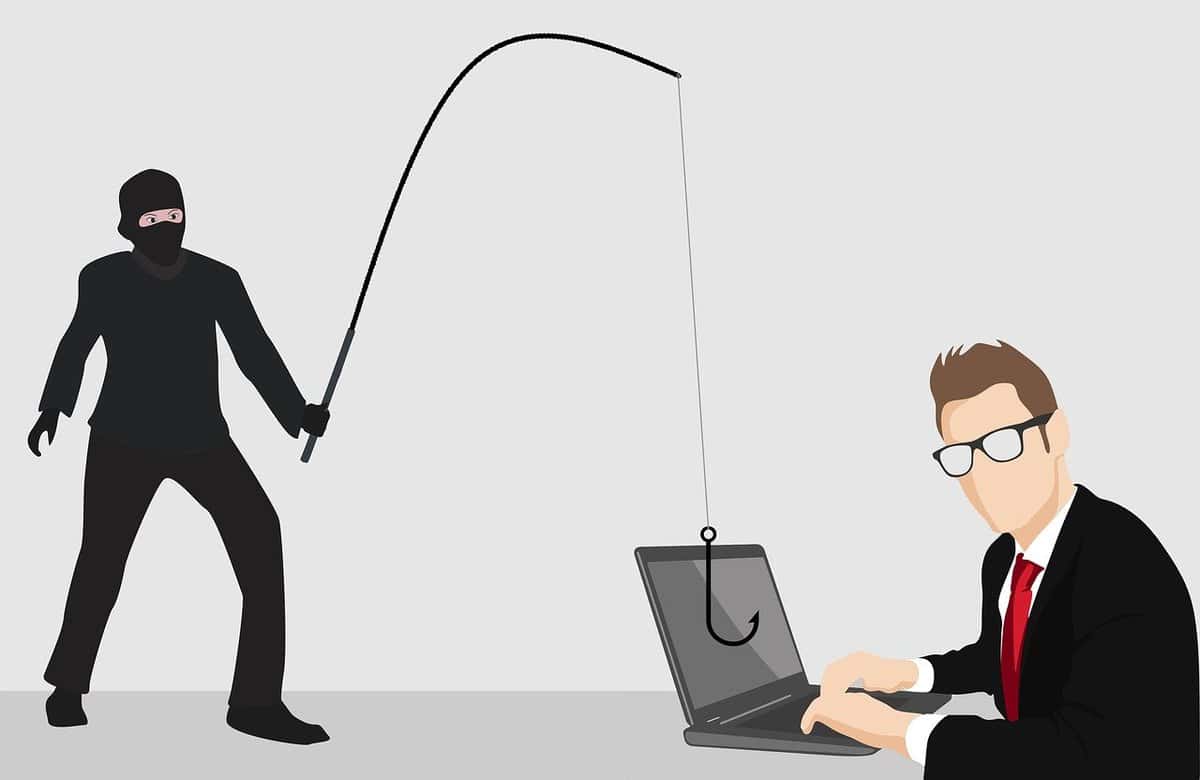This post may contain affiliate links. If a product or service is purchased using a link(s) in the post below a small commission may be earned.
Last updated on July 5th, 2024 at 12:57 pm
header image provided by Pixabay
I just happened upon this spam email. I know it’s not legitimate but it could land in someone’s inbox all the same. We all use different online payment methods. One of the popular ones is PayPal. Well, this email claims to be from PayPal.
We now phishing scams aren’t anything new and to the untrained eye, you might think this is a real concern.
The email
The email was sent to my old Yahoo account. It’s still active but it’s no longer my primary email account. I think we all have various accounts that we use for services we use often.
Another thing it claims to be sent from PayPal.com but it’s got a long string of numbers and a yahoo domain.
srb9…@ggoscmdqwgwkaxjuttdpkuq.ymbgwsrgarnnzsnnr via yahoo.com

I whited out my email info since it was listed instead of a name. The email states that my account has been temporarily restricted because of questionable uses (whatever that means). I’ll post the full text below (minus the email address)
Email text
Here’s the thing
When the email is in your inbox the email looks legit. You see the PayPal logo and it has a standard business look. There are clickable links labeled View Statement. As well as one reading Learn More.

This one was a pretty good example of a phishing email. Again to the untrained eye, it informs you of an issue with your account. Most people would worry and automatically click on the link labeled View Statement. That takes you to where ever the scammers linked the button to.
More to think about
There’s still more to think about. Most websites don’t open an email with HI email address. Most will list your name or even your log in/user name. Not just an email address. If you’re like me and you update your accounts regularly when changes happen this will alert you too.
This should be a big red flag. Also the one I stated earlier of the email address not being directly from PayPal. You know Paypal has their own email address why would they want to route it via Yahoo.
Another thing I found odd is that there wasn’t a real explanation of why my account was restricted. They stated my account was used in questionable ways. To me that makes no sense. I could see a clear listing of what was wrong. I guess they figure the vague excuse will cause alarm for someone.
one thing is clear
One thing is clear the scammers hope you will click on the link so you will be directed to another site.
What you can do
If this email ends up in your inbox you can forward it to PayPal. They take spoofing emails seriously. I emailed this phishing email to them. The email address is listed below
You can also check your account using PayPal’s website. Remember never click on any links or buttons in phishing emails. You should also never send back any information if the email is asking for it. Always contact the site or service directly if you think there is an issue.
You can also mark the email as spam and/or phishing. Some email services also allow you to block a sender as well.
Just be on the lookout for these emails. I hope this post was helpful.
The FTC also has some info you may be interested in reading.
https://www.consumer.ftc.gov/articles/how-recognize-and-avoid-phishing-scams



